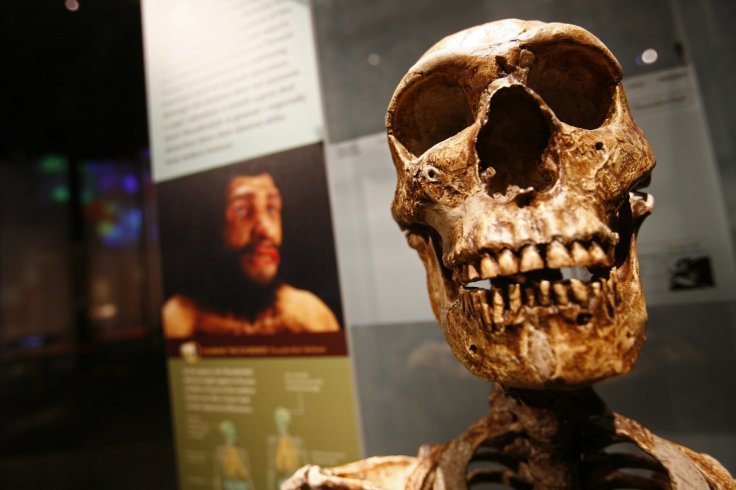
An International team of researchers has discovered a new species of humans, named 'Homo luzonensis' in the Philippines and experts believe that this new finding could reshape the history of human evolution.
After the finding at Callao cave in the Luzon island, experts believe that this species used to live in this area 50000 years ago.
As per the reports, the team of researchers has uncovered remnants of at least two adults and one juvenile from the same archaeological deposit.
Professor Philip Piper, co-author of the study and a researcher at the Australian National University revealed that this new discovery could represent a major breakthrough in the current understanding of human evolution across Southeast Asia.
"The fossil remains included adult finger and toe bones, as well as teeth. We also recovered a child's femur. There are some really interesting features - for example, the teeth are really small. The size of the teeth generally, though not always, reflect the overall body-size of a mammal, so we think Homo luzonensis was probably relatively small. Exactly how small we don't know yet. We would need to find some skeletal elements from which we could measure body-size more precisely" said Prof Piper in a recent statement, Eurekaelert.org reports.
Professor Piper also revealed that the hand and feet bones of this new human species seem very similar to Australopithecines who walked in Africa around 2 million years ago. Experts believe that Australopithecines are the ancestors of the Homo group that includes modern humans.
Piper added that the Philippines is a land that should be explored for its significance in hominin evolution history.
"It makes the whole region really significant. The Philippines is made up of a group of large islands that have been separated long enough to have potentially facilitated archipelago speciation. There is no reason why archaeological research in the Philippines couldn't discover several species of hominin. It's probably just a matter of time," added Prof Piper.









